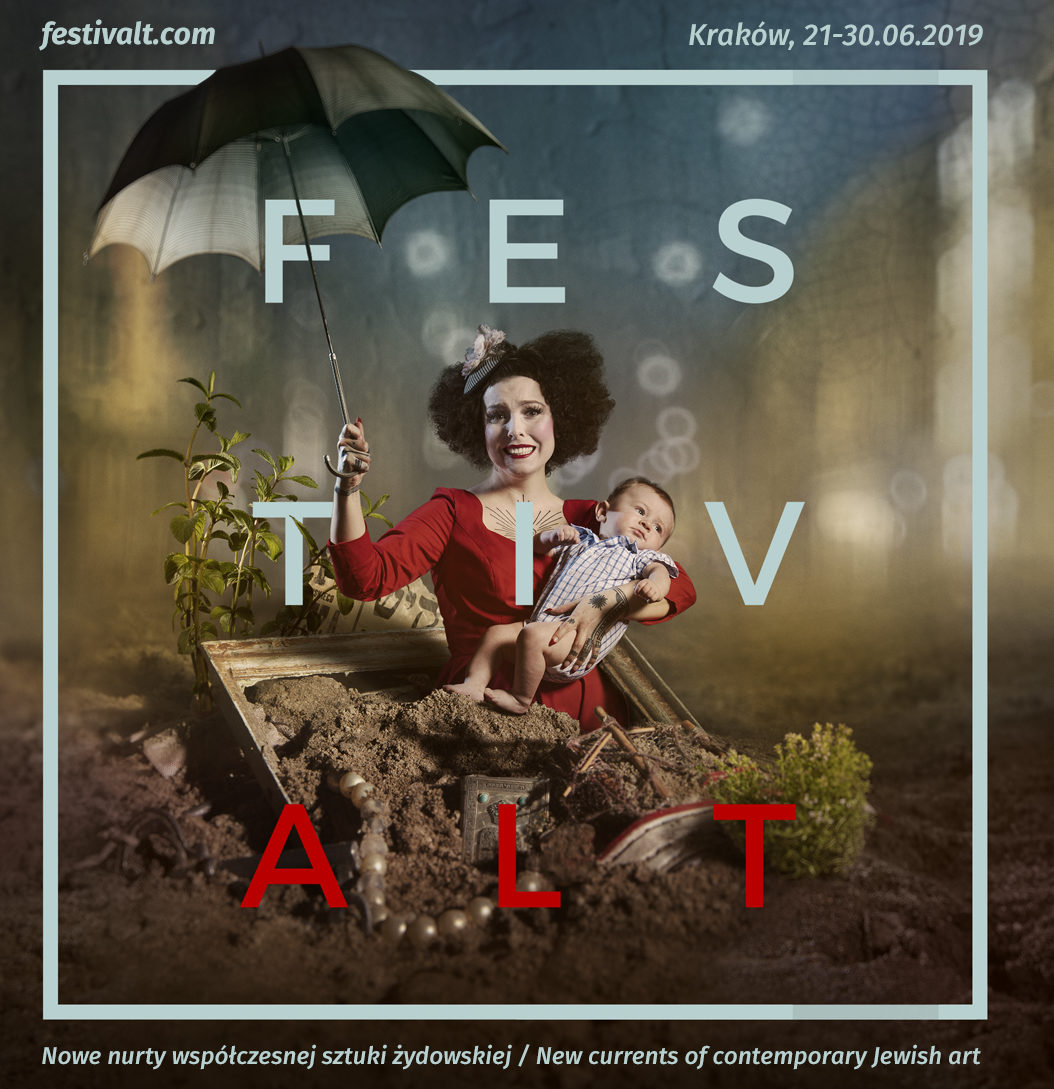For the third year running, FestivALT will stage public protest against the mistreatment of one of Kazimierz’s architectural jewels, the former Chevra Tehilim prayerhouse, whose walls bear the district’s most important still-existing Jewish religious paintings. In 2017, with the approval of the official Jewish religious community, the owners of the bar currently housed there destroyed the original niche that held the Aron HaKodesh (the Ark of the Torah) in order to install a new door. This year’s intervention will include a panel to discuss the history of the site, the politics of memory, and the complications of Jewish abuse of Jewish patrimony.
#RememberChewra: A Panel Discussion will include Professor Edyta Gawron and Magda Rubenfeld Koralewska and focus on the history of the building, the politics of protest, and the complicated nature of urban memory.
In Polish with simultaneous translation to English
Free admission
A SHORT RECAP OF THE BUILDING’S HISTORY
The building at Meiselsa 18, designed by the well-known Polish-Jewish architect Nachman Kopald, was opened in 1896 as the prayer house and yeshivah of Congregation Chevra Thilim (The Society of Psalms). During the Holocaust, the Germans devastated the building’s interior. After the war—until 2006—the building housed the “Krakowiacy” singing and dancing group.
In 2001, under the 1997 law on the restitution of Jewish property, the synagogue was returned to the Jewish Community of Kraków. In 2008 magnificent polichromes were discovered in its interior, the most important collection of surviving Jewish religious wall paintings in Kazimierz. In 2012 the progressive Jewish community Beit Krakow tried unsuccessfully to obtain the building as a space for spiritual and artistic practice, education, and theatre.
Instead, the Jewish Community of Kraków leased the building to the Mezcal disco, which installed shelving against the wall paintings, and speakers in the site of the Aron Hakodesh (the Ark of the Torah). The condition of the frescoes significantly deteriorated. Meanwhile, in 2013, the building was officially registered with the city’s heritage department.
In 2016, the Jewish Community of Kraków agreed to let the Alchemia Bar & Restaurant open Hevre in the space, where people are invited to enjoy drinks and food in atmospheric Jewish ruins. The creation of Hevre involved the deliberate destruction of the site of the Aron Hakodesh to create a new door to Bożego Ciała Street, including the loss of important historical ornamentation. It is unclear how the city’s heritage department gave permission for this to happen.
In 2017 and 2018 members of FestivALT staged interventions in the building to draw attention to the fact that among the two dozen prayer spaces of prewar Kazimierz, Chevra Thilim was one of the most precious jewels, and currently also one of the worst examples of the exploitation of the neighborhood’s Jewish heritage.

